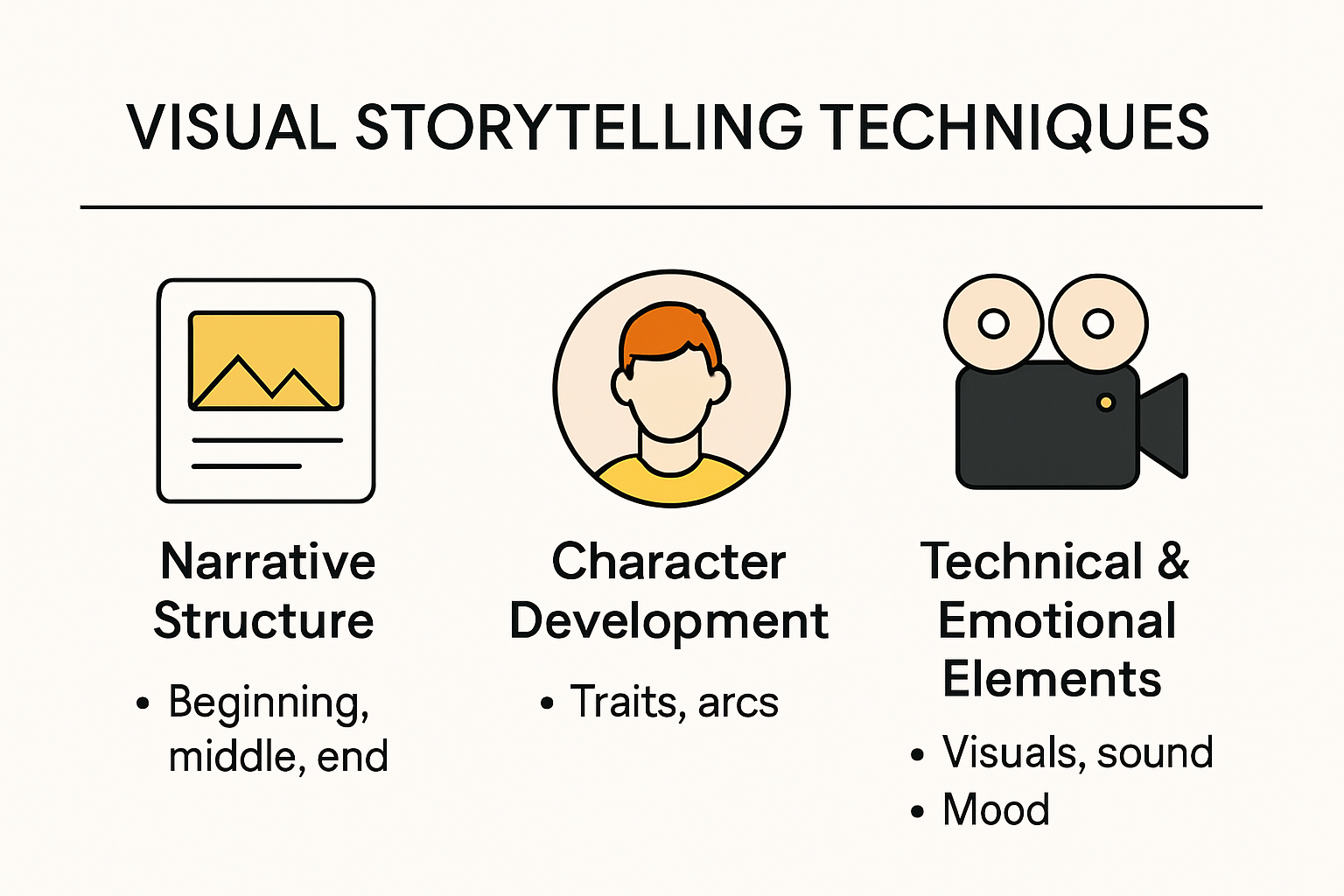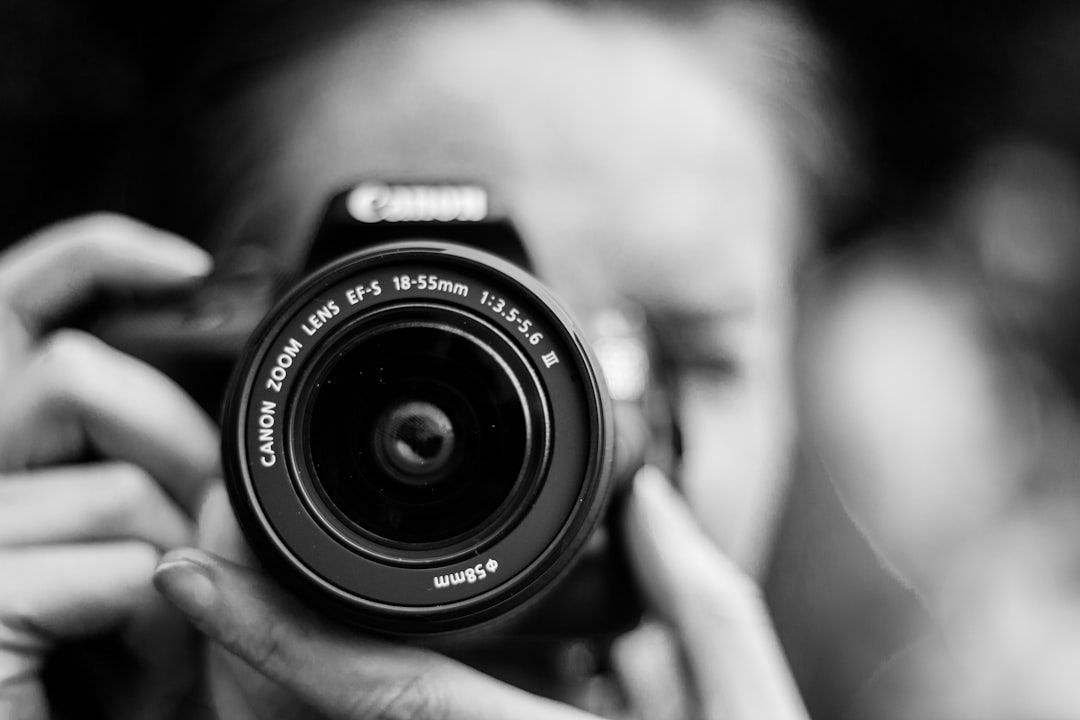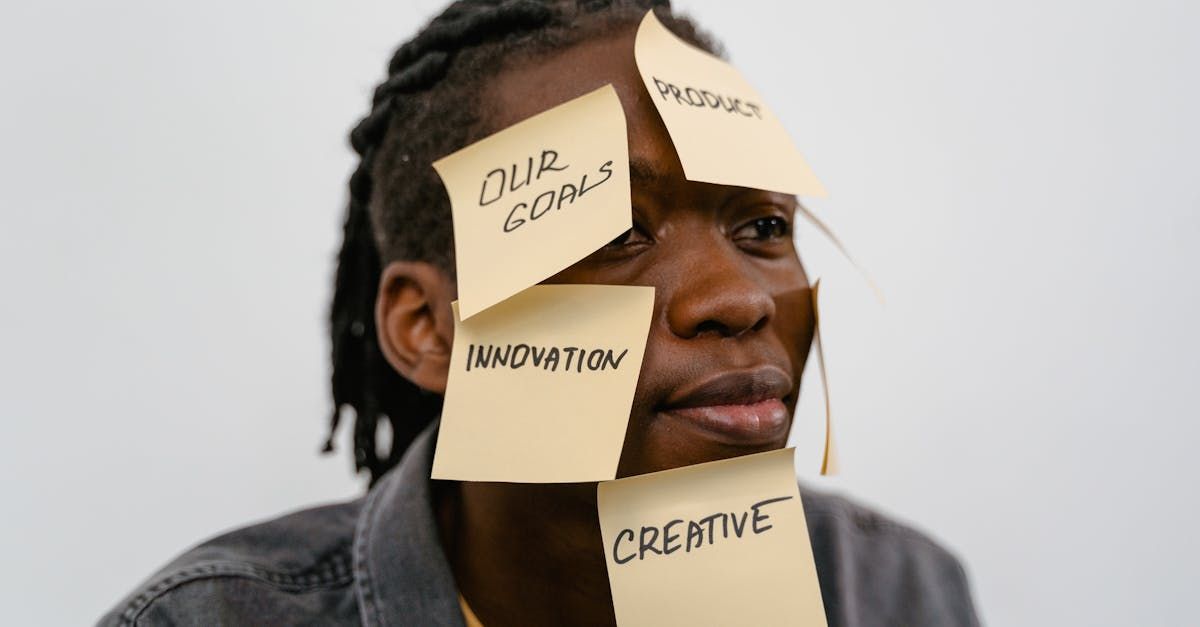Visual storytelling shapes how brands, teams, and individuals connect with their audiences. Creative teams worldwide are using fresh strategies to craft narratives that linger far longer than a fleeting scroll. Get this. Visual content is processed 60,000 times faster by the brain than text, which shatters any doubts about its impact. But most teams still rely on the same old design tricks, missing out on emotional depth that sparks real engagement. That gap is where the real magic happens—and mastering it will set your team apart in 2025.
Table of Contents
- Key Elements Of Visual Storytelling Techniques
- Crafting Emotional Impact Through Imagery
- Optimizing Visual Narratives For Brands
- Practical Tips For Visual Storytelling Success
Quick Summary
| Takeaway | Explanation |
|---|---|
| Narrative Framework is Essential | Crafting a strong narrative structure with engaging characters creates emotional pathways for viewers, enhancing their connection to the story. |
| Balance Technical and Emotional Elements | Successful visual storytelling requires a combination of technical precision—such as composition and lighting—and emotional resonance to engage audiences on multiple levels. |
| Use Emotional Imagery Strategically | Techniques like color psychology, facial microexpressions, and contextual environments can evoke profound emotional responses, transforming ordinary visuals into compelling narratives. |
| Optimize Brand Narratives | Brands should develop structured visual narratives with clear progression to engage audiences and deepen connections, emphasizing emotional resonance over superficial aesthetics. |
| Continuous Learning and Collaboration | Staying adaptable through ongoing education, collaboration, and experimentation in storytelling techniques is vital for creative professionals looking to enhance their visual narratives. |
Key Elements of Visual Storytelling Techniques

Visual storytelling transforms complex ideas into compelling narratives through strategic design and intentional communication. Creative professionals understand that crafting a powerful visual story goes far beyond simply arranging images.
Narrative Structure and Character Development
At the core of effective visual storytelling lies a robust narrative framework. Research on character-oriented design reveals that successful visual narratives require deliberate character representation and engagement. By introducing central characters that audiences can connect with, storytellers create emotional pathways that guide viewers through complex information.
The Cinematic Techniques in Narrative Visualization study highlights how strategic camera control and visual design elements can dramatically enhance narrative immersion. Photographers and creative teams can leverage techniques like perspective shifts, lighting manipulation, and thoughtful composition to transform static visuals into dynamic storytelling experiences.
Technical and Emotional Storytelling Elements
Effective visual storytelling balances technical precision with emotional resonance. Creative professionals must consider seven critical elements identified in digital storytelling research:
- Point of View: Establishing a clear perspective that guides audience interpretation
- Dramatic Question: Creating narrative tension that maintains viewer engagement
- Emotional Content: Designing visuals that evoke genuine human responses
- Narrative Economy: Communicating complex ideas through minimal, impactful imagery
- Narrative Pacing: Controlling visual rhythm and information delivery
- Authentic Voice: Ensuring visual narratives reflect genuine experiences
- Complementary Soundtrack: Using audio elements to enhance visual storytelling
These elements work synergistically to transform visual content from mere documentation to powerful narrative experiences. By understanding and implementing these techniques, creative teams can craft stories that not only inform but also deeply connect with their audience.
Understanding visual storytelling requires recognizing that every image tells a story. The most successful visual narratives combine technical skill with emotional intelligence, creating experiences that resonate on multiple levels. Whether designing marketing materials, documenting events, or creating brand narratives, mastering these key elements allows creative professionals to communicate more effectively and memorably.
Photographers, designers, and visual communicators must continually refine their storytelling approach. This means staying curious, experimenting with different techniques, and always prioritizing the human connection at the heart of visual communication. By viewing each project as an opportunity to tell a compelling story, creative teams can transform ordinary visuals into extraordinary narratives that capture attention, evoke emotion, and drive meaningful engagement.
To help you understand the balance between technical and emotional storytelling elements, here is a summary table of the seven critical elements and their roles.
| Storytelling Element | Role in Visual Storytelling |
|---|---|
| Point of View | Guides audience interpretation and perspective |
| Dramatic Question | Creates tension and sustains engagement |
| Emotional Content | Evokes authentic human emotions |
| Narrative Economy | Communicates ideas with minimal, impactful imagery |
| Narrative Pacing | Controls rhythm and timing of information delivery |
| Authentic Voice | Ensures genuine, relatable narrative expression |
| Complementary Soundtrack | Enhances storytelling through audio/visual synergy |
Crafting Emotional Impact Through Imagery

Emotional impact transforms visual storytelling from simple documentation to powerful communication. Creative professionals understand that imagery is not just about capturing moments but about evoking profound emotional responses that resonate deeply with viewers.
Understanding Emotional Visual Language
Narrative transportation theory reveals that immersive storytelling creates powerful audience connections by generating focused emotional engagement. This means photographers and visual creators must move beyond technical perfection and strategically design images that trigger genuine emotional experiences.
The art of emotional imagery involves multiple sophisticated techniques. Expressive imagery research demonstrates how elements like lighting, composition, and color interact to create specific mood landscapes. A stark shadow, a soft gradient, or a vibrant color palette can communicate complex emotional narratives without a single word.
Visual Storytelling Emotional Techniques
Mastering emotional impact requires understanding subtle communication strategies. Visual storytelling techniques emphasize the “show, don’t tell” approach where facial expressions, environmental context, and nuanced visual cues become powerful emotional communicators.
Key emotional storytelling strategies include:
- Facial Microexpressions: Capturing split-second emotional reveals that communicate authentic human experiences
- Contextual Environment: Using background and setting to amplify emotional undertones
- Color Psychology: Strategically selecting color palettes that evoke specific emotional responses
- Lighting Dynamics: Manipulating light and shadow to create emotional depth
- Compositional Framing: Positioning subjects to enhance emotional narrative
Creative professionals must recognize that emotional storytelling transcends technical skill. It requires deep empathy, keen observation, and an intuitive understanding of human emotional landscapes. Each image becomes a canvas where technical precision meets emotional intelligence.
Successful emotional imagery creates immediate visceral connections. Whether documenting personal stories, brand narratives, or social experiences, the goal remains consistent: generate meaningful emotional engagement that transforms viewers from passive observers to active participants in the narrative.
By continuously studying human emotion, experimenting with visual techniques, and maintaining authenticity, creative teams can develop powerful visual storytelling skills. The most compelling images are not just seen but felt deeply, creating lasting impressions that resonate far beyond the initial visual encounter.
Below is a table summarizing the key emotional storytelling techniques and their intended impact on the viewer.
| Emotional Technique | Intended Impact on Viewer |
|---|---|
| Facial Microexpressions | Communicate authentic human emotion |
| Contextual Environment | Amplify emotional undertone and narrative |
| Color Psychology | Evoke specific emotional responses |
| Lighting Dynamics | Create emotional depth and mood |
| Compositional Framing | Enhance emotional narrative focus |
Optimizing Visual Narratives for Brands
Brand storytelling through visual mediums has evolved from simple promotional content to sophisticated narrative experiences that engage audiences on deeper emotional levels. Creative teams now recognize that effective visual narratives are strategic communication tools that transcend traditional marketing approaches.
Narrative Structure and Audience Engagement
Research from the University of Michigan reveals that visual content is processed 60,000 times faster in the brain than text, making it a powerful communication strategy. Readers engaging with visual stories spend more time on content and demonstrate higher interaction rates, highlighting the critical importance of strategic visual design.
According to a comprehensive ResearchGate study, brands must focus on creating structured narratives with clear sequential progression. Campaigns featuring well-defined beginnings, middles, and ends consistently outperform fragmented visual communications. This approach ensures sustained audience attention and enables deeper narrative immersion.
Strategic Visual Communication Techniques
Market research insights from Greenbook highlight several key strategies for optimizing brand visual narratives:
- Interactive Visualization: Transforming complex data into engaging, accessible stories
- Diverse Media Integration: Combining photos, videos, and interactive elements
- Contextual Storytelling: Creating narratives that showcase brand values and impact
- Emotional Resonance: Designing visuals that connect beyond surface-level information
- Strategic Sequencing: Developing content that builds narrative momentum
Successful brand visual narratives require more than aesthetic appeal. They demand a deep understanding of audience psychology, strategic communication principles, and the ability to craft compelling stories that resonate on multiple sensory and emotional levels.
Modern brands must view visual storytelling as a holistic communication strategy. This means moving beyond traditional marketing approaches and developing narratives that are authentic, engaging, and capable of creating meaningful connections with target audiences.
Creative professionals should continuously experiment with visual storytelling techniques, stay attuned to emerging technologies, and prioritize genuine human connection. By treating each visual narrative as an opportunity to communicate core brand values, teams can transform ordinary marketing content into powerful, memorable experiences that inspire, educate, and motivate viewers.
Practical Tips for Visual Storytelling Success
Visual storytelling requires more than technical skill. It demands a strategic approach that combines creativity, technical proficiency, and deep understanding of audience psychology. Creative professionals must develop a comprehensive toolkit to transform visual content into compelling narratives.
Technical Foundation and Creative Strategy
Adobe’s Creative Professional Guide emphasizes that successful visual storytelling begins with a solid technical foundation. This means mastering fundamental skills like composition, lighting, color theory, and advanced post-processing techniques. However, technical excellence alone does not guarantee narrative impact.
Research from the National Press Photographers Association suggests that great visual stories emerge from a combination of technical skill and intuitive storytelling abilities. Photographers and visual creators must develop an ability to anticipate moments, understand human emotion, and capture authentic experiences that resonate beyond surface-level aesthetics.
Strategic Storytelling Workflow
Developing a consistent and effective visual storytelling workflow involves several critical components:
- Pre-Visualization: Planning narrative arc and emotional journey before shooting
- Intentional Composition: Designing visual elements that guide viewer interpretation
- Emotional Authenticity: Capturing genuine moments that reveal deeper human experiences
- Technical Precision: Ensuring high-quality technical execution
- Post-Production Narrative Enhancement: Using editing techniques to amplify storytelling impact
Successful visual storytellers understand that every image is part of a larger narrative. This means thinking beyond individual shots and considering how each visual element contributes to the overall story. Developing a coherent visual language requires consistent practice, critical self-reflection, and willingness to experiment.
Creative professionals must also stay adaptable. Technology and audience expectations evolve rapidly, demanding continuous learning and skill refinement. Attending workshops, studying master photographers, analyzing successful visual narratives, and experimenting with new techniques are essential strategies for growth.
Additionally, collaboration plays a crucial role in visual storytelling success. Creative teams benefit from diverse perspectives, constructive feedback, and collective problem-solving. By creating environments that encourage open communication and creative experimentation, professionals can push the boundaries of visual narrative techniques.
Ultimately, visual storytelling is about human connection. Technical skills, creative strategies, and workflow optimization are important, but the most powerful stories emerge from genuine emotional understanding. Creative professionals who approach their work with empathy, curiosity, and commitment to authentic representation will consistently create narratives that resonate deeply with audiences.
Frequently Asked Questions
What are visual storytelling techniques?
Visual storytelling techniques are methods used to convey narratives and emotions through visual media, combining elements such as imagery, composition, and character development to engage audiences effectively.
Why is emotional impact important in visual storytelling?
Emotional impact is crucial in visual storytelling as it helps forge deeper connections with viewers, transforming passive observation into active engagement by evoking genuine feelings and responses.
How can brands optimize their visual narratives?
Brands can optimize their visual narratives by creating structured stories with clear progression, using emotional imagery, and integrating diverse media elements to resonate with their target audience on multiple levels.
What are some practical tips for improving visual storytelling?
To improve visual storytelling, professionals should focus on mastering technical skills, pre-visualizing narrative arcs, capturing authentic emotions, and fostering collaboration within creative teams.
Give Your Visual Storytelling a Platform That Matches Your Vision
If you are determined to move beyond generic file sharing and truly elevate your creative workflow, Pikd is built for teams like yours who are putting narrative structure and emotional connection at the center of their work. The article explained just how vital it is to combine technical excellence with authentic, emotional storytelling. Yet so many teams hit a wall when it is time to share, review, and deliver those stories in a way that does them justice. Inefficient tools, poor presentation, and lost feedback keep creative work from reaching its potential.

Experience how Pikd transforms the way you collaborate on high-impact imagery and video. With features for real-time commenting, branded galleries, and effortless client feedback, you can turn every project into a seamless, inspiring narrative from first upload through to final delivery. For creators who want their visual stories to be remembered, not misplaced, make your next project stand out. Start now at Pikd’s homepage and see how your team can deliver stories with clarity and emotional punch—without compromise.

































